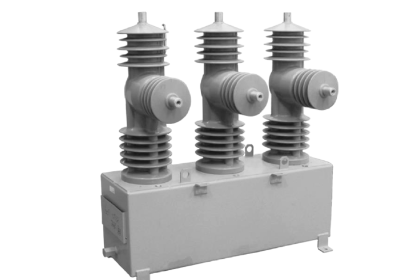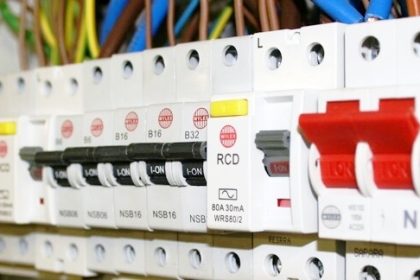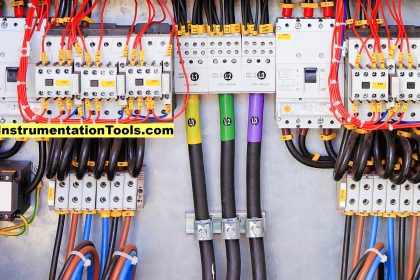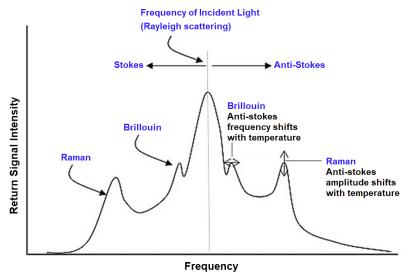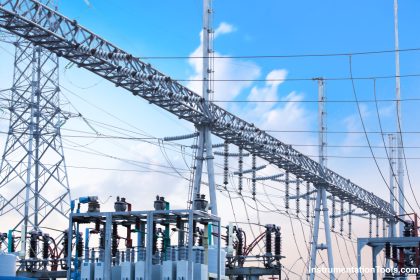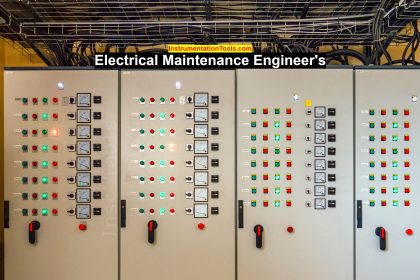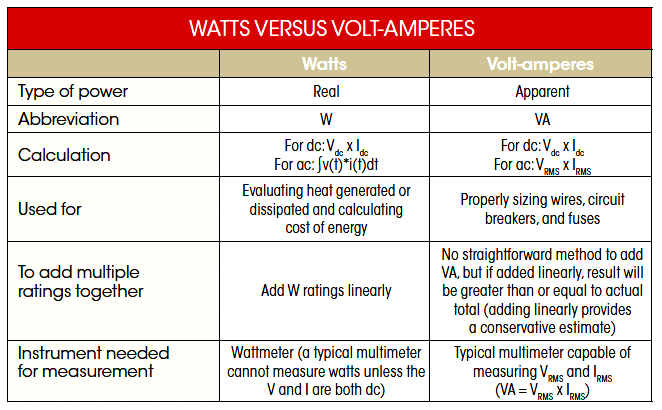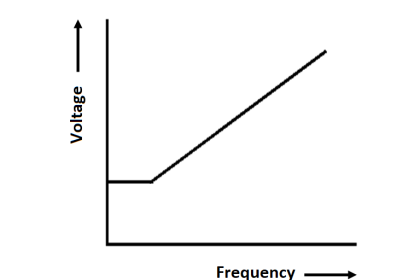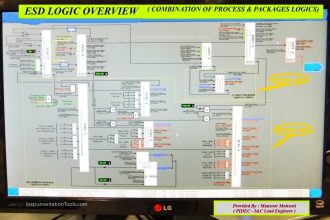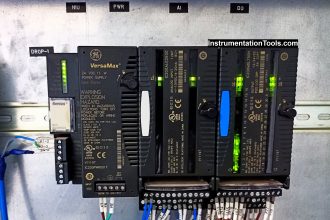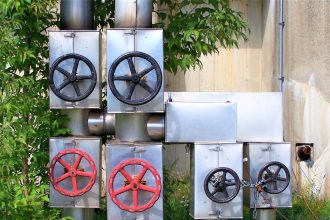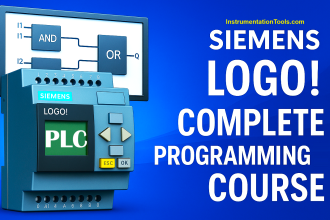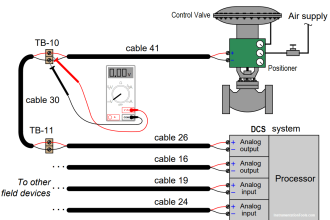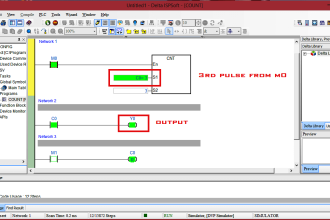Here will discuss the need for VFD to control the motion of electric motor pumps conveyors used in several industrial applications
So before starting Let us see what VFD is
A VFD (Variable Frequency Drive) is a type of motor controller that drives an electric motor by varying the frequency and voltage in order to control its speed.
Frequency is directly related to motor speed.
In some applications, we do not require running an electric motor at its rated maximum speed. Here we need to run the motor at different speeds. In this case, we use VFD to raise or slow down the frequency and voltage to meet the desired motor speed in industrial process control applications.
All the motors work on electricity. They take in a particular amount of electricity and give us a particular torque or motion or speed to run our industrial process.
We have to maintain the motor speed as per the process requirements in the industry. If the speed of the motor is higher or lesser than the required speed then there is a possibility of some uncertain conditions may occur, so by using the VFD the speed (RPM) of the motor can be varied accordingly.
The speed of the motor is controlled in proportion to the load but within its preset higher and lower limits. Thus if the load increases then the speed reduces proportionally and vice versa but the speed variation is within the pre-set value.
Motion Control using VFD drives
Let us consider the process sugar industry. In the Sugar industry, the speed of the mill can be controlled depending upon the mill load.
Here 3-phase induction motors are used because of their robust characteristics and low maintenance. The rotating direction and speed of the 3- phase induction motor can be changed and monitored by SCADA and PLC through Variable Frequency Drive (VFD)
The industries or factories have various stages of operation for the production of their final product.
Let us consider the flow of Cane Juice in a sugar Industry as an example
In order to lift the fluid (Cane Juice) from the storage, we need the pump and motor arrangement with the required specifications. Here the flow is decided by the Speed of the induction motor that is controlled by the VFD drive.
But there is a need to control the flow rate of the fluid passing from one point to another point depending upon the requirement. The Variable Frequency Drive (VFD) either increases or decreases the speed of the motor pump as per the setpoints given by the control room operator.
Consider the motor pump is having a capacity of 500 m3/ hr or say 500 tons per hour. But the pump will discharge the full flow rate on switching the motor pump immediately (if we don’t have a VFD).
But here we need to raise or reduce the flow rate of the fluid gradually depending upon the requirements. For that, we need to control the speed of the motor pump which can be done by using VFD.
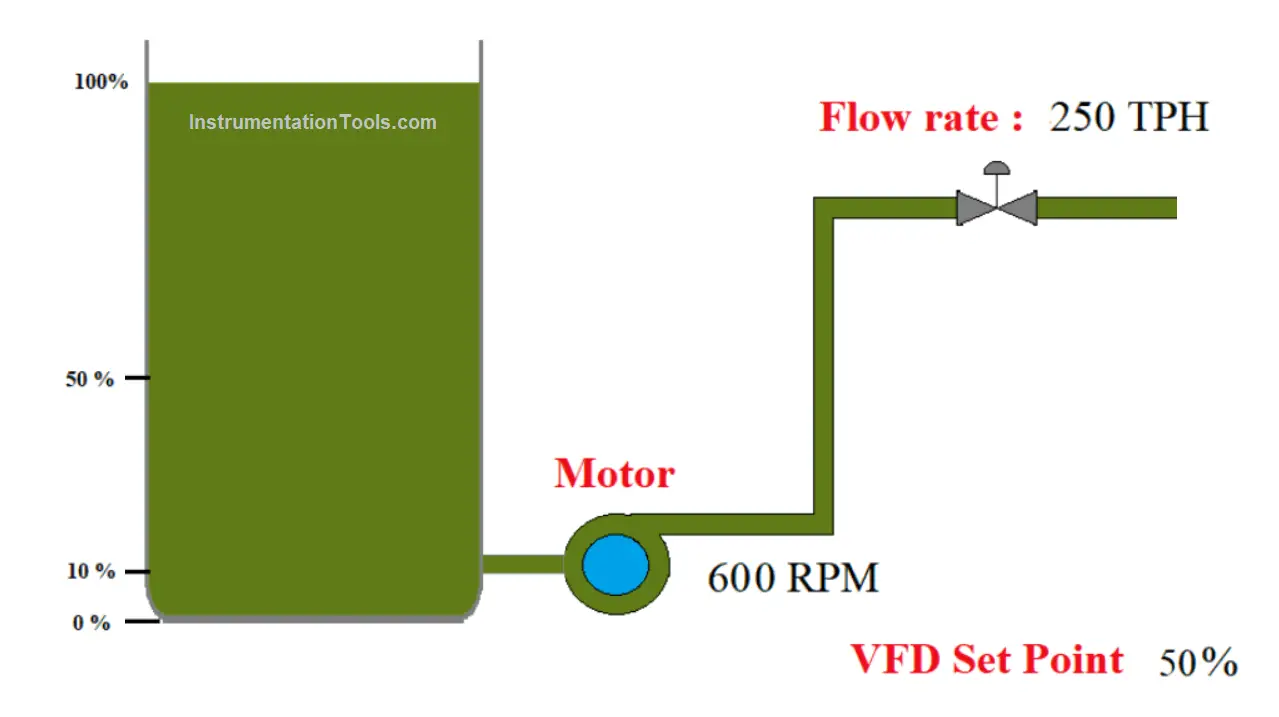
The table shows how the Motor RPM and Flow rate of a fluid can be controlled using the VFD
Rated RPM of Motor Pump – 1200 RPM
Flow Capacity – 500 m3/hr.
| Sl no | VFD Set Point in % | Speed in RPM | Flow Rate in m3/hr |
| 1 | 10 % | 120 | 50 |
| 2 | 20 % | 240 | 100 |
| 3 | 25 % | 300 | 125 |
| 4 | 30 % | 360 | 150 |
| 5 | 40 % | 480 | 200 |
| 6 | 50 % | 600 | 250 |
| 7 | 60 % | 720 | 300 |
| 8 | 70 % | 840 | 350 |
| 9 | 75 % | 900 | 375 |
| 10 | 80 % | 960 | 400 |
| 11 | 90 % | 1080 | 450 |
| 12 | 100 % | 1200 | 500 |
In order to control the speed and torque of the motor and match it with the requirement of our process, we use devices called DRIVES.
AC Drives: The drive use to control AC motors
AC drives are also called variable frequency drives or variable speed drives or adjustable speed drives or inverter drives.
DC Drives: A drive use to control DC motors
DC drives are DC motor speed control systems. Since the speed of the DC motor is directly proportional to armature voltage and inversely proportional to motor flux..
Why AC drives?
85% of the industries use 3 PHASE induction motors for their process applications. AC drives or VFD drives are designed to control the speed, torque, and direction of these 3- Phase induction motors.
Author: Shiva Kumar
If you liked this article, then please subscribe to our YouTube Channel for Instrumentation, Electrical, PLC, and SCADA video tutorials.
You can also follow us on Facebook and Twitter to receive daily updates.
Read Next:
- Commissioning of VFD
- Nameplate of a Motor
- Fiber Optic Measurement
- Star Delta Starter Circuit
- Test a Motor using Megger
